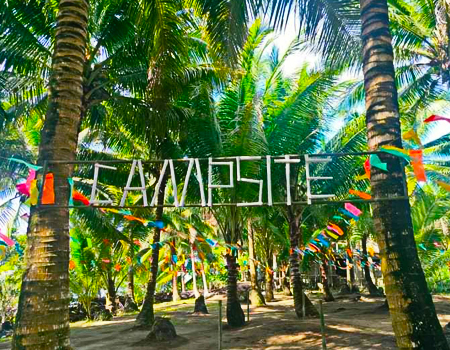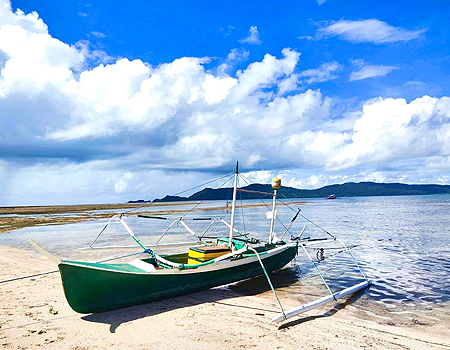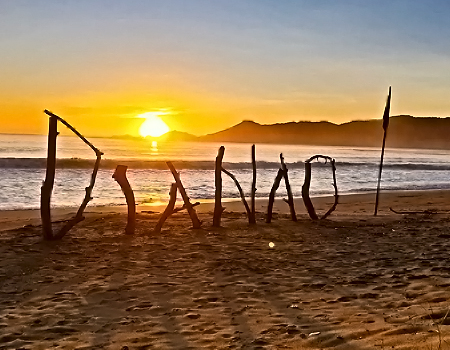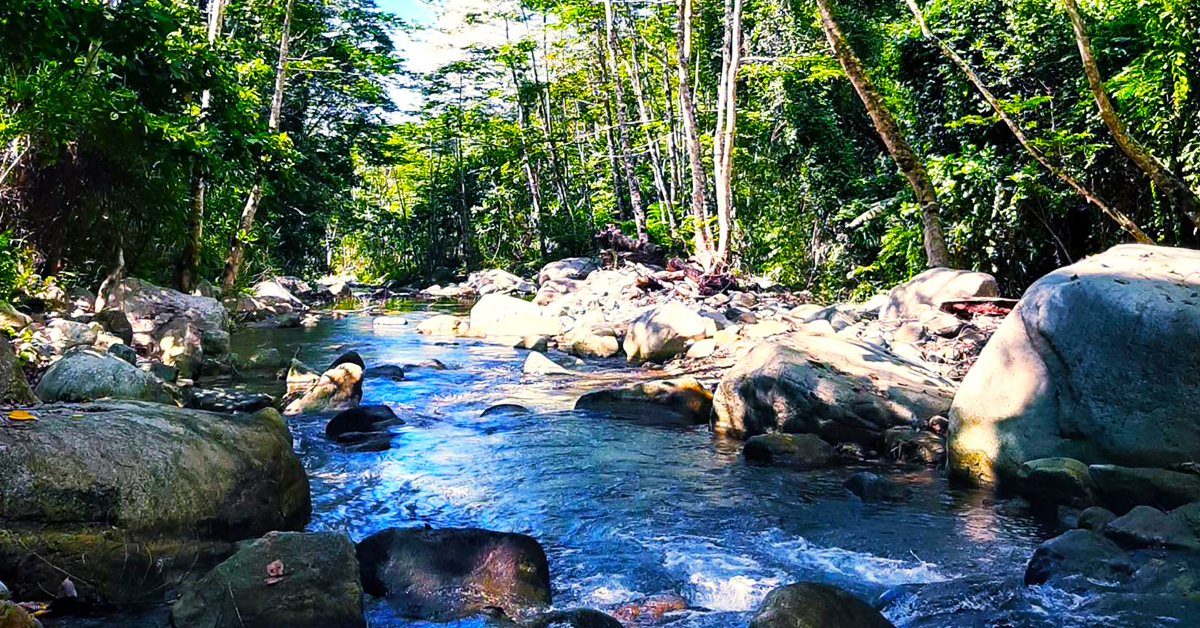Dilasag: The Secret You’ll Want to Keep
Dilasag is a young municipality with deep indigenous roots, natural wealth, and untapped tourism potential. Despite its isolation, it is steadily emerging as a destination for those seeking off-the-beaten-path nature experiences in Northern Aurora.
General Information About Dilasag
- Location – Northernmost tip of Aurora Province, facing the Philippine Sea
- Region – Central Luzon (Region III)
- Province – Aurora
- Land Area – Approximately 306.25 km²
- Population – Around 17,102 (2020 Census)
- Founded – June 21, 1959
- Barangays – 11 barangays
- Languages – Tagalog, Ilocano, and Dumagat dialects
- Economy – Agriculture (palay, coconut, root crops), fishing, and emerging eco-tourism
- Meaning of Name – Derived from local terms “dila” (tongue) and “sag” (point), meaning “tongue-like point” – referring to its land shape
Geographic Features
- Located at the northern edge of Aurora, bordering Dinapigue, Isabela to the north.
- Features rugged coastlines, sandy beaches, dense forests, and the Sierra Madre Mountains.
- Home to protected natural areas, such as mangrove forests and marine reserves.
Historical Background of Dilasag
Early Inhabitants
- The area was originally inhabited by Dumagat/Agta indigenous peoples, who practiced traditional hunting, gathering, and coastal fishing.
- These groups still maintain a presence in remote barangays and upland communities.
Colonial and Post-Colonial Era
- Dilasag remained largely untouched during the Spanish era, due to its isolation and rugged geography.
- Administrative control was loose, and the area was often considered part of broader missionary territories from Baler and Casiguran.
Municipal Establishment
- Dilasag was officially established as a municipality on June 21, 1959, under Executive Order No. 419, signed by then-President Carlos P. Garcia.
- It was originally a barangay of Casiguran, but its remote location and growing population warranted separate governance.
Development History
- Like other northern Aurora towns, Dilasag has struggled with limited infrastructure, especially in transportation and education.
- It remains largely rural, but with growing interest in eco-tourism, due to its pristine beaches, waterfalls, and forests.
- Government and NGO projects aim to improve roads, sustainable livelihoods, and indigenous integration into local development.
Natural Attractions
- Dilasag is known for its raw natural beauty, including:
- Parang Hills – rolling hills with panoramic coastal views
- Singep Falls – a picturesque waterfall tucked in the forest
- Diniog Beach – a long, quiet stretch of white sand
- Canawer Beach – known for its rock formations
- Paninirongan Beach – ideal for camping and local recreation
Culture and Community
- A tight-knit rural community blending Tagalog and Ilocano settlers with Dumagat indigenous groups.
- Catholic traditions dominate town festivities, while indigenous customs continue in some areas.
- Livelihoods are centered around farming, fishing, and small trade, with eco-tourism gaining momentum.
Timeline of Major Events
- Pre-1900s – Inhabited by Dumagat/Agta indigenous communities
- 1959 – Officially became a municipality (separated from Casiguran)
- 1979 – Became part of the newly established Aurora Province
- 2000s – Present – Focus on eco-tourism, indigenous development, and conservation
| DILASAG EMERGENCY HOTLINES | |
| Tourism Office | 0919-0783876 |
| Municipal Health Office | |
| Municipal Disaster Risk Reduction and Management Office (MDRRMO) | 0997-1521952 |
| Provincial Disaster Risk Reduction and Management Office (PDRRMO) | 0963-7427777 |
| Aurora Electric Cooperative (AURELCO) | 0999-9772735 |
| Philippine National Police (PNP) | 0910-5402313 |
| Bureau of Fire Protection (BFP) | 0964-1856772 |
| Philippine Coast Guard (PCG) | 0964-1865156 |
Dilasag Hotels

AJ Beach Resort
Situated in Barangay Diniog, AJ Beach Resort provides simple accommodations just steps from the shoreline, making it a practical option for budget-conscious travelers who want easy access to the beach.
READ MORE
JV’s Beach Resort
A modest beachfront resort offering simple accommodations with direct access to the beach.
READ MORE
Jade’s Lodge Inn and Restaurant
Situated in Barangay Masagana, Jade’s Lodge provides basic yet comfortable accommodations.
READ MORE
Dianao Beach Club and Resort
Set in the scenic far north of Aurora province, Dianao Beach Club and Resort is a secluded coastal retreat surrounded by untouched nature—white‑sand shores lined with native trees, rice paddies, tropical gardens, and nearby virgin forests. Ideal for peace, relaxation, and eco‑friendly escape.
READ MOREDilasag Restaurants
View all 3 dilasag-restaurants

Jack’s Bar
Jack’s Bar, also located within Dianao Beach Club and Resort, offers a laid-back ambiance perfect for relaxing after a day of adventure.
READ MORE
Mihasa Restaurant
Located within Dianao Beach Club and Resort, Mihasa offers an elegant seaside dining experience.
READ MORE
Jade’s Lodge Inn and Restaurant
Situated in Barangay Masagana, Jade’s Lodge provides basic yet comfortable accommodations.
READ MOREDilasag Attractions
View all 5 dilasag-attractions

Amro River Protected Landscape
This protected area encompasses diverse ecosystems, including forests and river systems. It’s home to various wildlife species and offers opportunities for eco-tourism activities like bird watching and nature walks.
READ MORE
Singep Falls
A serene natural hideaway nestled within the lush forests of the Sierra Madre.
READ MORE
Canawer Beach
A hidden gem known for its calm, crystal-clear waters and stretch of fine white sand framed by swaying coconut trees. Free from resorts and commercial structures, the beach offers a raw and peaceful environment, ideal for quiet retreats, swimming, and enjoying nature.
READ MORE
Diniog Beach
A peaceful and unspoiled coastal destination known for its natural charm and relaxing atmosphere.
READ MORE